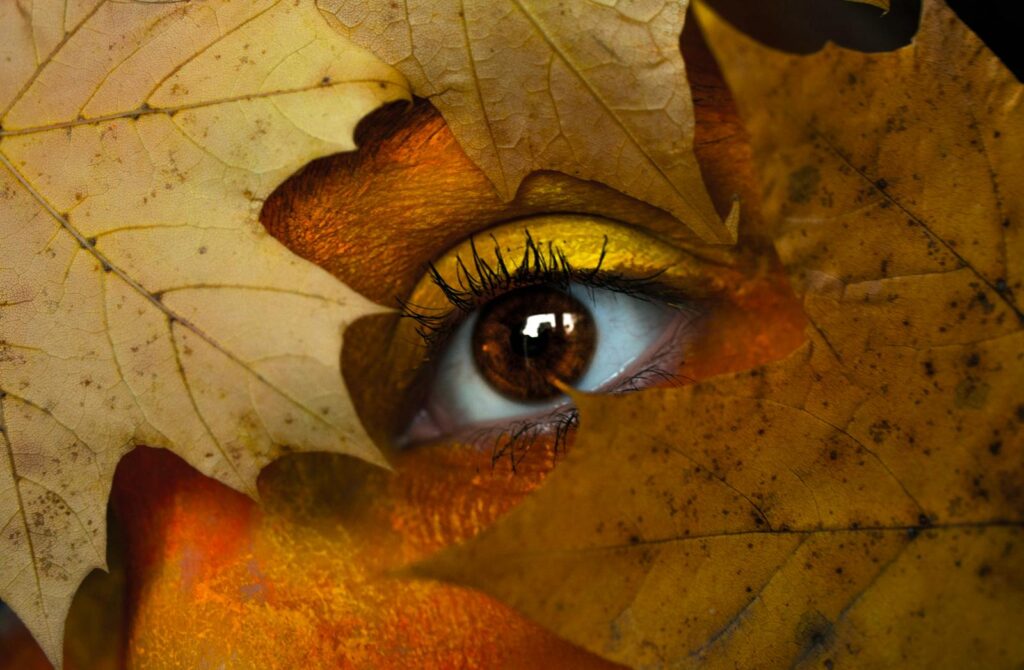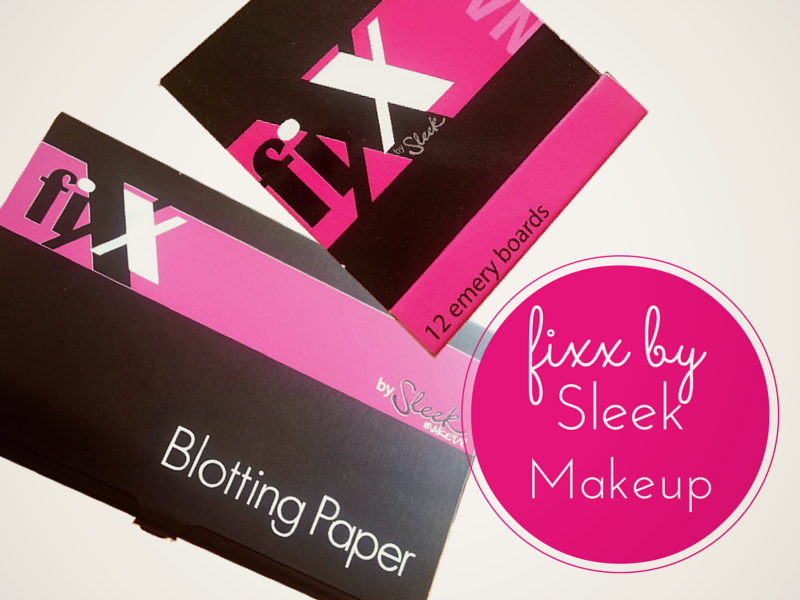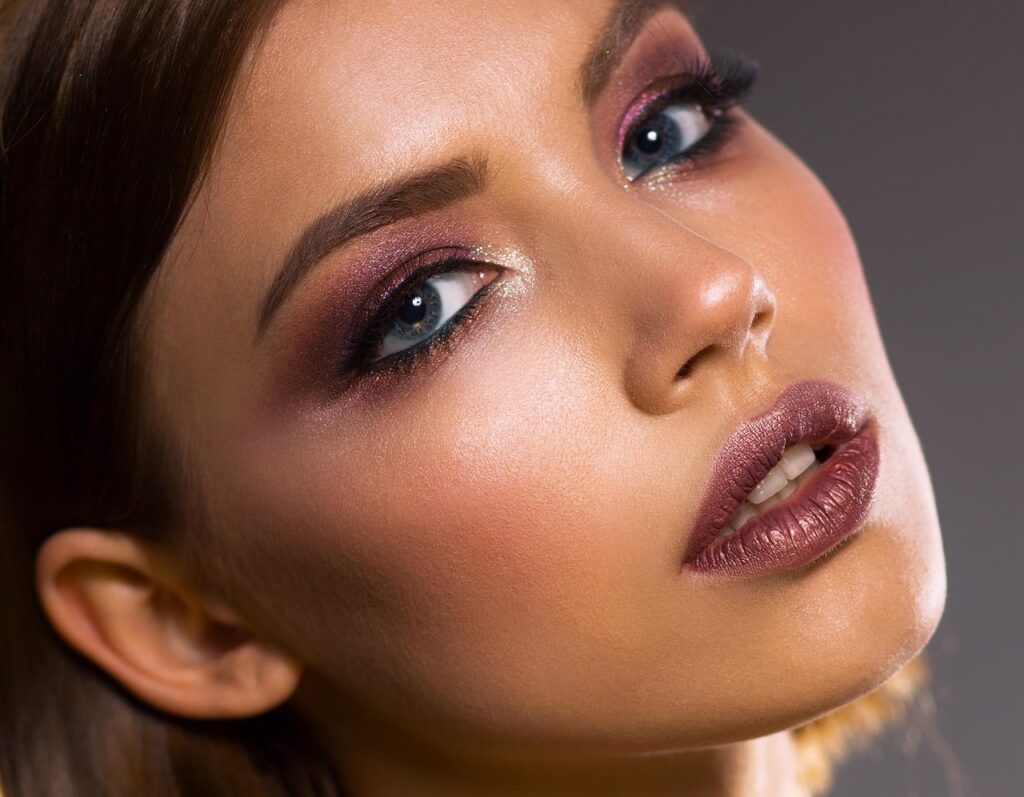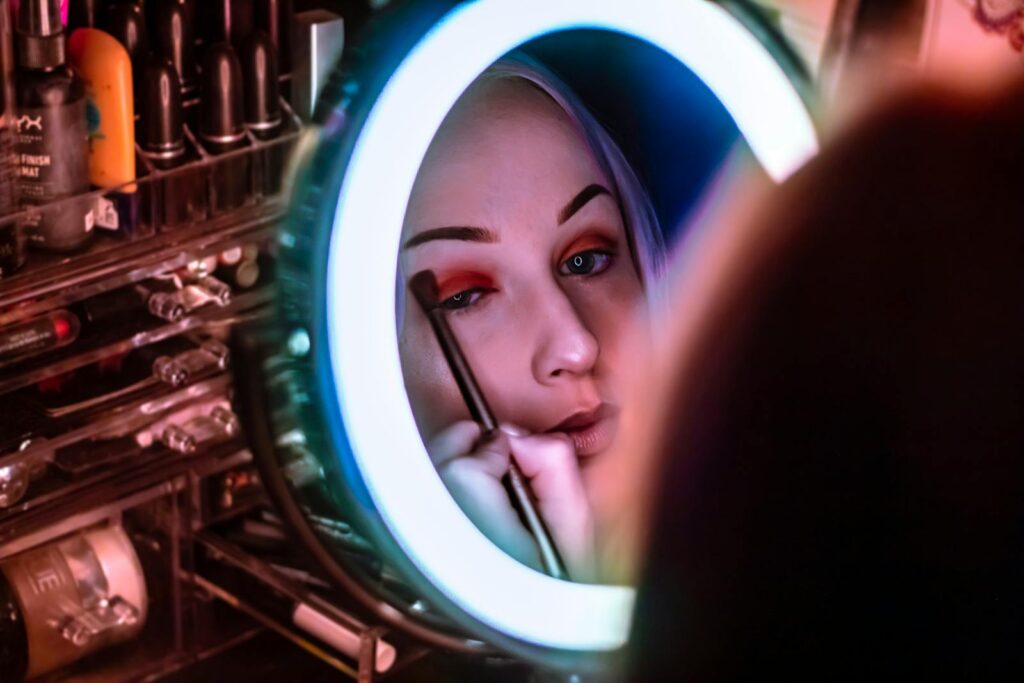Wound comes with scars; scars of wound healed but not forgotten. Though they can sometimes stand as reminders that we’ve been strong enough to withstand, there are moments when we’d rather cover them up so we can stand out for something other than what’s been lived to survive.
Luckily for us, modern makeup has all the tools and techniques to do just that. This guide on how to conceal scars with makeup will help you to use makeup to cover scars and, in turn, highlight your natural beauty, instead of your scars.
Layering: The Foundation of Flawless Coverage
One of the most important parts of learning to conceal the scars with makeup is learning how to layer. For this one you apply multiple layers of makeup products, from a color corrector or concealer to neutralize any discoloration and then a full coverage foundation. That will create one base that makes it easier to blend the concealer into the skin seamlessly.

Blending for a Seamless Finish
Blending is another pivotal technique for achieving a natural appearance. Harsh lines between products, which are common with other products and will actually highlight the scar rather than conceal it, are eliminated. Blending is most important for scars that are uneven in the texture of the skin because it helps smooth out the area between the scar tissue and the rest of the skin.
Setting Your Makeup with Baking
A technique often used in the beauty industry called ‘baking’ is actually very useful to set makeup over scars. With a layer of translucent powder, generously spread and let sit to set (or ‘bake’), the foundation and concealer won’t budge. This step prevents creasing and a crease-free face means a crease-free makeup all day.
Choosing the Right Products
Products can make a huge difference in learning how to conceal scars with makeup. Key items include:
- Primers: Silicone-based primers do a great job of filling in texture irregularities and creating a smooth base.
- Full-Coverage Foundations: They give you the pigment needed to even out your skin tone.
- Concealers: Specific scar areas are tackled well by high pigmentation and creamy concealers.
- Color Correctors: They neutralize discoloration before foundation, and furnish an even canvas.
- Setting Powders: These lock everything in place, meaning this coverage will keep that way for a long time.

Step-by-Step Guide: How to Conceal Scars with Makeup
Step 1: Prep Your Skin
Preparation is key. First, cleanse your face well, so dirt, oil, or leftover makeup has been removed. If the skin is dry, then follow it up with a moisturizer to hydrate and make the surface smooth for makeup application. Makeup artist Quynh suggests people start with hydrated skin, “it’s really important to start off with good skin.”
Step 2: Apply a Primer
Select a primer tailored to your needs. A mattifying primer can be used for events where flash photo is used, it will help prevent them from standing out. The primer helps keep your makeup in place keeping it looking flawless.

Step 3: Conceal with Precision
On the scarred area, use a creamy, full-coverage concealer. Apply concealer using the method of “underpainting”, before you apply your foundation. Blend the concealer with a synthetic brush or beauty sponge for a seamless transition between scar tissue and surrounding skin.
Step 4: Foundation Application
Pick a medium to full-coverage (don’t shy away from ‘full’) foundation that compliments your skin tone. Then use a foundation brush to apply the product to your skin, in a little dabbing motion, being sure not to rub it and disturb the concealer below. This method produces a skin-like finish.
Step 5: Set with Translucent Powder
Then, dust some translucent setting powder just lightly over the makeup to really lock it in place. Choose an oil-absorbing formula, with ultra-fine particles to keep the finish soft and focused.
Tailoring Techniques to Different Scar Types
Atrophic Scars
In the hollow area for scars that sit below the skin surface use a lighter concealer shade and blend edges with a skin tone color. It makes the block even by optical illusion.
Hypertrophic Scars
If the scarring is on raised areas, you can use a darker concealer over the raised area and blend a skin tone shade in a line along the edges of the scarring. The technique allows to minimize the appearance of the scar and make the blend harmonious.
Avoiding Common Mistakes
- Avoid excessively thick products that will look cakey and unnatural.
- Liquid makeup is always better set with powder to avoid creasing, especially over textured areas.
- Avoid skipping primer, this provides a leveled-out base and allows your makeup to adhere.
Locking It In with Setting Spray
As a final flourish don’t not skip the setting spray. This final step cinches in all of those previous products and gives them a fresh dewy finish. What better way to make sure you look fresh all day?
Embrace Your Natural Beauty
Follow these steps and you’ll master how to conceal scars with makeup so you can have beautiful natural skin with confidence. But makeup should be there to complement, not mask who you are — whether it’s for a special event or just a day out. Enjoy the skin you’re in, scars and all; let your confidence show through.
Related posts:
How to Cover Up Acne, Scars, and Cuts Easy Natural Makeup Tutorial | DIY NINJA
How to Cover a Scar on Your Face: 10 Steps (with Pictures)
How I Cover My Facial Scars With Makeup



